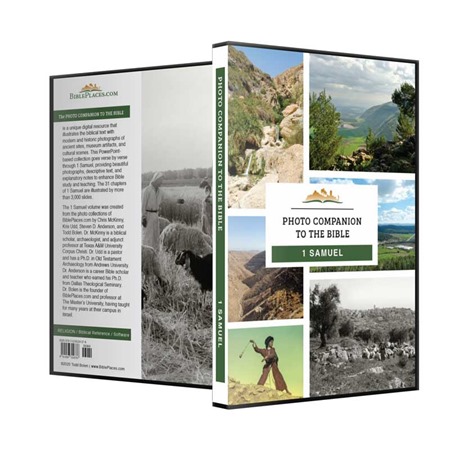“A first ever First Temple-era gold granule bead was discovered during wet sifting of earth from the Temple Mount by a nine-year-old.”
Jamie Fraser and Caroline Cartwright give a very interesting account of the discovery and excavation of an olive oil factory in Gilead.
Israel’s Good Name shares his adventures at various sites in the western Jezreel Valley.
Leen Ritmeyer uses archaeological and textual sources to locate the Music Chamber in Herod’s temple.
Though most don’t believe that it is Mount Sinai, Har Karkom is home to 40,000 rock engravings.
According to Jeffrey Chadwick, the width of a gate at Gath is the same dimensions as the height of giant Goliath.
The release of Ken Dark’s new book has put in the news again the author’s theory that he has identified the house believed by the Byzantines to have been the house of Jesus.
“Visiting Sepphoris” is the latest video tour hosted by John DeLancey.
COVID restrictions have helped researchers excavating an underwater site off Israel to develop methods that will make future undersea excavation more precise and efficient.
A doctoral dissertation proposes that a silver shortage in Israel in the early Iron Age led to the creation of an alloy composed mainly of copper.
The next ASOR Zoom webinar: Eric Meyers, “Early Synagogues, Jesus, and Galilee—A Jewish Perspective,” on Dec 13, 7:30 EST.
Yesterday we released the Photo Companion to 1-2 Corinthians. These two volumes include 2,500 images.
HT: Agade, Joseph Lauer, Keith Keyser, Ted Weis, Ferrell Jenkins, Alexander Schick, Arne Halbakken

![Church of the Holy Sepulcher locked, nf7550-sr_thumb[1] Church of the Holy Sepulcher locked, nf7550-sr_thumb[1]](https://www.bibleplaces.com/wp-content/uploads/2020/05/Church-of-the-Holy-Sepulcher-locked-nf7550-sr_thumb1_thumb.jpg)